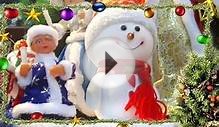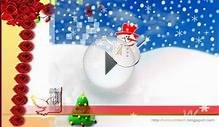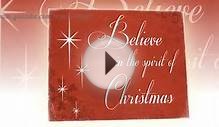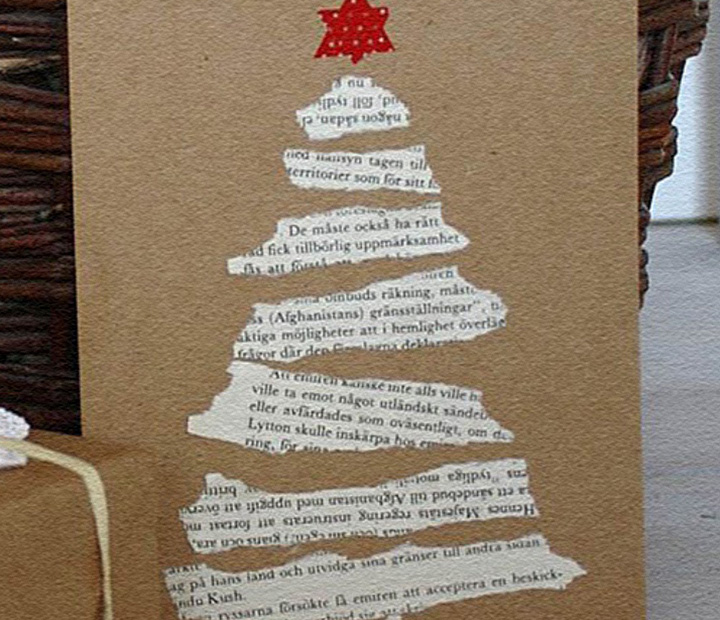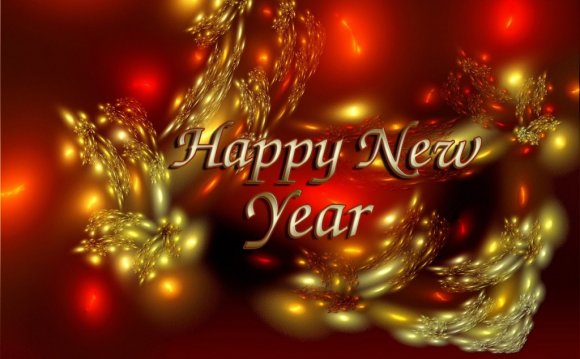
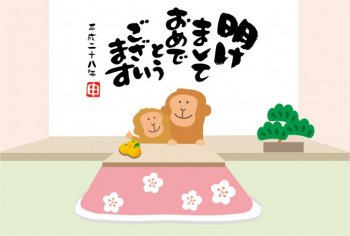 Did you know that in Japan, December and the beginning of January are the busiest times for the Japanese post offices? There is only one and quite interesting reason: the nengajo.The nengajo is written with the kanjis of the year, “年”, for congratulations “賀” and finally “状”, meaning circumstances: 年賀状.
Did you know that in Japan, December and the beginning of January are the busiest times for the Japanese post offices? There is only one and quite interesting reason: the nengajo.The nengajo is written with the kanjis of the year, “年”, for congratulations “賀” and finally “状”, meaning circumstances: 年賀状.
Very similar to the Merry Christmas or Happy New Year wishes cards, the nengajo is the Japanese “New Year congratulations card”. You might be surprised to learn that despite Japanese people’s love for smartphones, tablets and computers, writing the “nengajo” is a tradition still strong in Japan.
As the new year is approaching, thoughts wanders towards families, relatives and close ones but the nengajo is even stronger than simple wishes. The original purpose of this Japanese tradition was for people to tell others whom they did not often meet, that they were alright. For the post offices it is a challenge as they offer guarantees to deliver the greeting postcards on the 1st of January as long as the nengajo is posted in within a time limit… For that purpose, postboxes will have a special nengajo slot. Afterwards, the nangajo will be sorted – very often by workers hired for this particular season and stored until the New Year’s Day.
If you can buy nengajo at stationaries or directly at the post office, but trying to make your own is a real pleasure! Most of the printed ones will have the chinese zodiac sign of the New Year with conventional greetings. Since 2016 is the year of the monkey – saru in Japanese, most of the nengajo will symbolized this animal. But nengajo is not only about design… Which greetings should you write on a nengajo?
1例
今年もよろしくお願いします
kotoshi mo yoroshiku o-negai-shimasu.
I hope for your favour again in the coming year.
2例
(新年)あけましておめでとうございます
(shinnen) akemashite o-medetō-gozaimasu.
Happiness to you on the dawn [of a New Year]
3例
旧年中はお世話になりました。
Kyunenchu wa osewani narimashita.
Thank you for everything you did last year.
4例
ご健勝とご多幸をお祈り申し上げます。
Gokenshouto gotakouwo oinori moushiagemasu.
Wishing your family good health and happiness.
5例
年始のご挨拶を申し上げます。
Nenshino goaisatsuwo moushiagemasu.
A New Year’s greeting to you.
The following traditional greeting words – called “gashi” 賀詞, should be avoided when writing to someone who is socially upper than the senders – boss, elders… Indeed, if sending only one or two kanji greeting word is fine for your friends, you should not less than 4 kanji to someone of higher social status.
6例
謹賀新年
kinga shinnen
Happy New Year
7例
賀正
gashō
Happy New Year
8例
初春
shoshun/hatsuharu
Early spring: the traditional lunar calendar year begins in early spring.
9例
迎春
geishun
Welcome spring
The nengajo is the time to demonstrate your handwriting as addressing is generally done by hand. If you have Japanese relatives or friends, our best advice would be to practice a little Japanese calligraphy and to get the chance to send a beautifully handwritten nengajo!
Japanese people care for this tradition, but it doesn’t go without troubles! One very important rule is not to send this postcard if one has had a death in the family during the year… Which means they have better to be careful with their address book! To avoid an impair, the family members will send a “mourning postcards” called “mochu hagaki” (喪中葉書) to inform relatives and friends that they should not send the nengajo.
RELATED VIDEO
